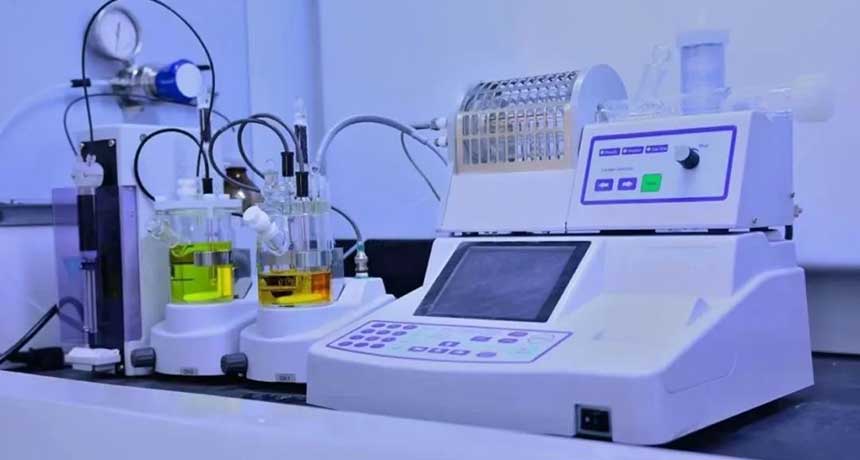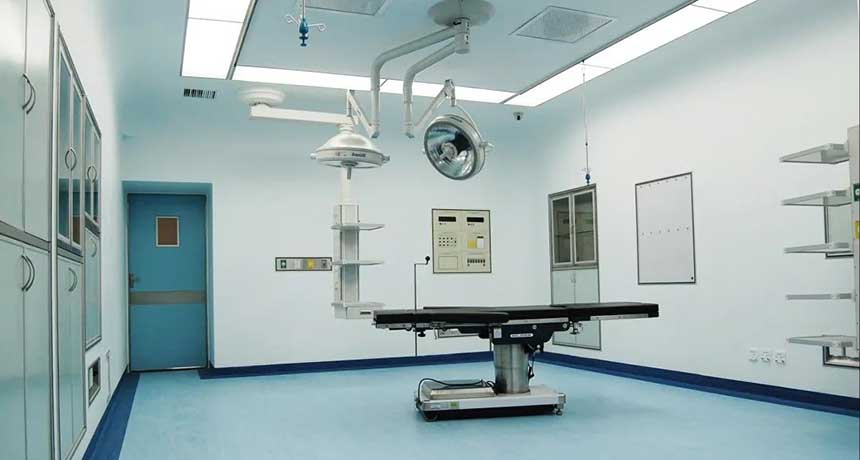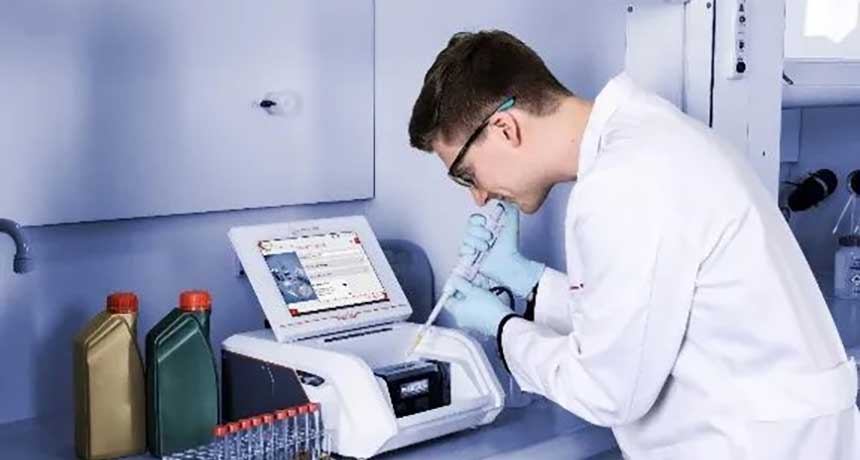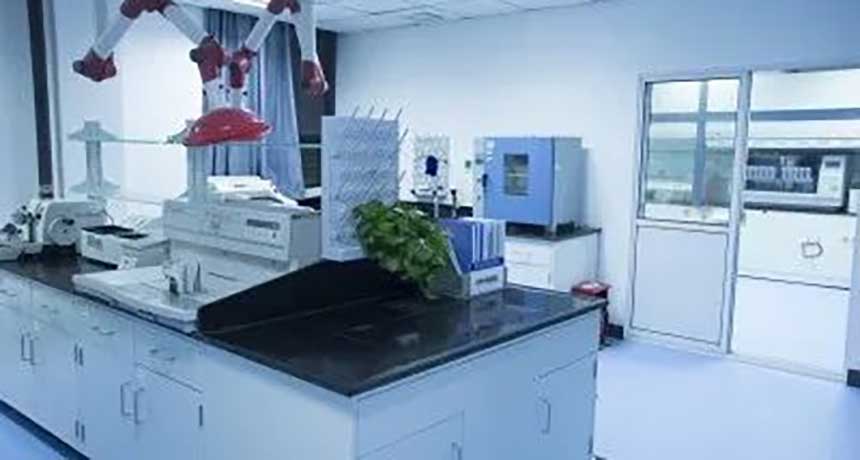Ventilator is a necessary rescue equipment for large hospitals at present, and it is an important tool to prolong the life of patients and buy precious time for further treatment. It uses mechanical devices to provide respiratory support for critically ill patients with respiratory insufficiency according to different treatment purposes. With the continuous improvement of electronic and mechanical technology, the performance of ventilators has been improved, and its scope of application has been expanded and popularized. Its development history can be traced back to early respiratory support devices several centuries ago. The following are the main historical milestones in the development of ventilators:
1. Development History
The development of modern ventilators began with Mol-gaard and Lund in Copenhagen in 1915, and Giertz, a surgeon in Stockholm in 1916. Unfortunately, their achievements lack records and are only reported in scientific communications.
In 1934, Frenkner developed the first pneumatic pressure-limiting ventilator, the "Spiropulsator". Its gas source came from a steel cylinder, and the gas passed through two pressure reducing valves to produce a pressure of 50 cm of water column. During exhalation, sufficient airflow was obtained through the balancer, and the inhalation time was controlled by a switch. The airflow entered the lungs through the inhalation tube. When the internal pressure rose to the expected requirement, the valve closed and breathing stopped. In 1940, Frenkner and Crafoord cooperated to improve the "Spiropulsator" so that it could be used with cyclopropane at the same time, becoming the first anesthesia ventilator.
In 1942, American engineer Bennett invented an oxygen supply device using a demand valve for high-altitude flight. Later, it was improved and the intermittent positive pressure ventilator TV-2P was successfully developed in 1948 to treat acute and chronic respiratory failure. In 1951, Engstrom Medical Company in Sweden produced the first constant volume ventilator Engstrom100 to replace the "iron lung" at that time, and saved a large number of patients with respiratory failure caused by epidemic poliomyelitis. Many engineers, doctors, etc. invested in the research of ventilators, and European countries have produced 10 types of representative ventilators.
Since the 1950s, due to the development of cardiac surgery, more and more doctors have realized the advantages of mechanical respiration. In 1955, Jefferson ventilator was one of the first and most widely used ventilators in the US market. In addition, there are four types of ventilators, including Morch, Stephenson, Bennett and Bird brand ventilators.
In the 1960s, ventilators were more widely used. In 1964, Emerson's postoperative ventilator was an electric control ventilator. The breathing time could be adjusted at will. It was an electronic circuit ventilator equipped with a compressed air pump. All functions were electronically adjusted. It fundamentally changed the past era of simple mechanical movement of ventilators and entered the era of precision electronics.
In 1970, the jet-controlled pneumatic ventilator using the jet principle was successfully developed. It is a ventilator controlled by airflow. All sensors, logic elements, amplifiers and adjustment functions are based on the jet principle without any moving parts, but have the same effect as the circuit.
Since the 1980s, the rapid development of computer technology has enabled the new generation of multifunctional computer ventilators to have functions that were previously impossible, such as monitoring, alarming, and recording. In the 1990s, ventilators continued to develop towards intelligence, and the application of computer technology made the performance of ventilators more perfect.
2. Development trend
In the past 20 years, the development of ventilators has been very rapid, and clinical applications have become more and more extensive. A lot of experience has been accumulated, and more understanding has been gained about the impact of ventilators on the human body. At the same time, some problems that need to be solved have also been discovered, and some new requirements have been put forward in the clinic. It is these problems and requirements that have promoted the development of ventilators. In order to meet these requirements, the performance of the current new generation of ventilators has been greatly improved compared with the past. For example, in the conversion between exhalation and inhalation, high-end machines have more than two switching modes; in ventilation, they strive to make patients more comfortable, reduce patients' breathing work, and the sensitivity of triggering is getting higher and higher; and the most critical thing is the application of computers in ventilators. Microcomputers replace electronic control, which not only reduces costs, but also has small errors, more intuitive and convenient operation. Computers have self-checking systems that can self-check faults and shorten maintenance and repair time.
In general, the development of ventilators has undergone an evolution from manual devices to mechanical ventilation devices, and then to digital, intelligent and portable. With the continuous advancement of science and technology, the functions and performance of ventilators are constantly improving, providing patients with safer and more effective respiratory support and treatment plans. It can be predicted that most of the future ventilators will be controlled by microcomputers, with more complete performance, more intuitive operation, and real human-computer dialogue. The current ventilator itself cannot improve the ventilation function, which will be an important topic for people in the future.






